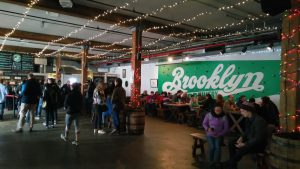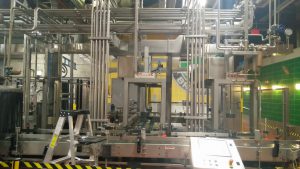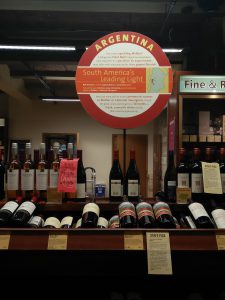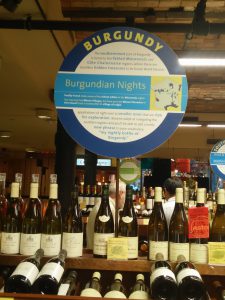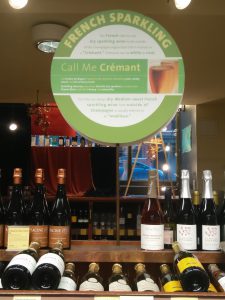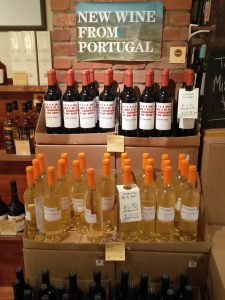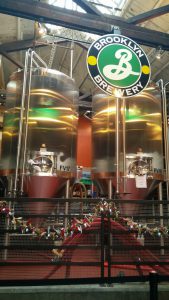
Brooklyn Brewery Entrance, right away introduces the guests with huge vessels of steel fermentation tanks.
I had the good experience visiting the Brooklyn Brewery this weekend, as an alternative option. Although I’m not a big fan of beer, I thought it would be nice learning some new things about how they are brewed. Before the tour I was limited to only knowing that beer was fermented and made from a grain.Walking into the Brewery the staff was pretty friendly and conveniently gave me tickets to the tour right away before I could ask. I was guided to the tasting room which was full of people also waiting for the tour.
Our tour guide was Evan, he was a knowledgeable about the history of the Brewery company as well as the heavy machinery. Evan mentioned he’s from New Jersey to reference their beer distribution, they distribute a lot of beer to other many states and countries most notability New Jersey, the UK, Switzerland, St. Louis etc. He then began informing us on the four basic ingredients of making beer, which was malted Barley (Grain), Hop, Yeast and, lots water is also added of course. He passed around a jar of barley and hop for us to smell. The barley looked like a typical grain with a nice familiar smell to it, while hop was much stronger on the nose and looked like small round moss pebbles.Evan pointed out how the process works, and how it starts with malt and water. He showed us the filtration system they use to separate the water form the barley from the water. Then is transferred to another kettle through to the tubes he pointed at connecting the steel kettles, he then explained how hop is added second an agent to give bitter flavors to the beer. While the yeast creates sugar content as it ferments so it give balance to the beer product, before fermentation the mixture is transferred to a wort chiller as well.

Brew kettle were ingredients are added such as hop to the water with barley, before the mixture is fermented in yeast vessels.
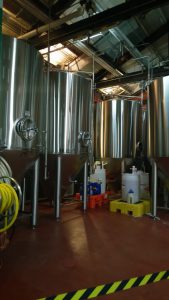
Fermentation tanks with yeast, the Brewery has a total of 14 vessels inside the building. They are tightly sealed to protect from oxidation.
Evan took us to another room and showed us more fermentation vessels and bottling machines that they operate. The machines can bottle 7000, 12.0z bottles per hour from the primary vessel. The company produces a lot of draft beer, which they also give out to taste in the tasting room. After taking us to the bottling room Evan explained the story of the owner Steve Hindy and the hardships he had gone through to create the Brooklyn Brewery since his days back in the Middle East.
Evan talked about the Brewery had been robbed at gun point before which was a twist from just talking about production, he explained the owners past and how he had live around danger. Then started Brewing beer in his home using a smaller system. Then coming to American and meet Steve that eventually become partners with and create a business. They were first called the Eagle Brewery and transitioned to the Brooklyn Brewery when they became more recognized in Brooklyn for their marketed malt beers. They had many competitors, but in the early 2000s distribution become more serious. He talked about the history for about 20 minutes or so, so there wasn’t much to learn after the bottling process. It was kinda disappointed me because the tour was to short to just be talking abut the owner for most of the time. I would of wanted to know more about the different varieties of beers made there.

The initial bottling machine, the fermented beer run through these tubes and machines to be dispensed into bottles.

